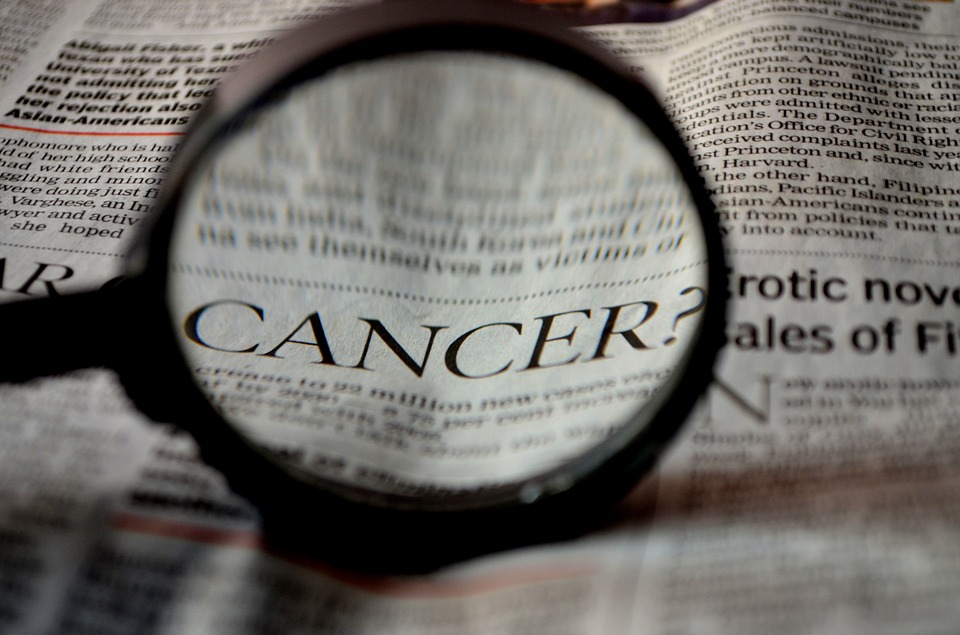CANCER largely caused by processed food and toxic ingredients, new study confirms
02/21/2019 / By David Williams

To what extent is cancer a lifestyle disease? Researchers from the University of Calgary over in Canada set to find out exactly that in a recent research that was conducted with data from the Alberta Cancer Registery. What they found was that not only is cancer risk level closely connected with one’s lifestyle, it can also be changed in your favor rather quickly — if you have the data.
To wit, it’s possible to significantly reduce the chances of getting cancer simply by making a few lifestyle changes. And if you want to know just how much a person’s lifestyle affects his or her own cancer risk levels, it’s just a little over 40 percent.
That is, the researchers estimated that 40.8 percent of incident cancer cases “were attributable” to 24 lifestyle factors that they specified in their research. To quote the researchers themselves:
“Overall, we estimated that 40.8 percent of incident cancer cases were attributable to exposure to the 24 factors included in the analysis. Tobacco smoking was responsible for the greatest cancer burden, accounting for an estimated 15.7 percent of all incident cancer cases (2,485 cases), followed by physical inactivity and excess body weight, which were responsible for an estimated 7.2 percent and 4.3 percent of incident cancer cases, respectively.”
Risky lifestyle choices
The researchers were pretty clear with their premise. According to the study’s notes, the 24 risk factors attributed are:
- Smoking (both passive and active)
- Being overweight or obesity
- Inadequate physical activity
- Inadequate fruit and vegetable consumption
- Inadequate fiber intake
- Excess red and processed meat consumption
- Inadequate calcium and vitamin D intake
- Alcohol consumption
- Oral contraceptives and hormone therapy
- Epstein-Barr virus
- Hepatits B and C viruses
- Human papillomavirus
- Helicobacter pylon
- Air pollution
- Natural and artificial UV raditation
- Radon and water disinfection by-products
Based on the data, the researchers were able to conclude that the wide range of personal choices available to individuals really opens them up to higher risks of developing some form of cancer. In particular, it’s made clear that food has plenty to do with individual cancer risks. At the same time, exercise and other common avoidable environmental cancers help prevent cancer.
The researchers referred to attributable items as “modifiable lifestyle and environmental risk factors,” meaning that these are things that can be changed, and their effects in the risk levels of cancer types can be reversed. As a side note, the research also found that women have a slightly higher summary population risk estimate, at 42.4 percent, compared with that of men at just 38.7 percent.
Research conclusions
While the data gathered by the researchers might prove to be extremely useful, it’s still not complete. In fact, the researchers themselves admit that there were “insufficient data” on population-level exposure on at least one are they wanted to explore — medical radiation. This is where the expert estimations come in.
Based on all the data gathered and the results that were estimated, the study concludes that the 40.8 percent of attributable cancers to modifiable lifestyle and environmental risk factors could easily be understood. The largest contributors to the cancer burden were tobacco smoking, physical inactivity, and excess body weight. This means that if those three could be eliminated from a person’s lifestyle, then that person could effectively lower his or her risk levels for cancer.
It’s always useful to remember that you still have some power in your hands even when it comes to the sometimes-fatal and infinitely frightening cancer.
Read more healthful tips about preventing the big “C” at PreventCancer.news.
Sources include:
Tagged Under: cancer risks, diet, lifestyle, obesity, physical exercise, stop smoking, tobacco smoking, toxic food, toxic ingredients



















